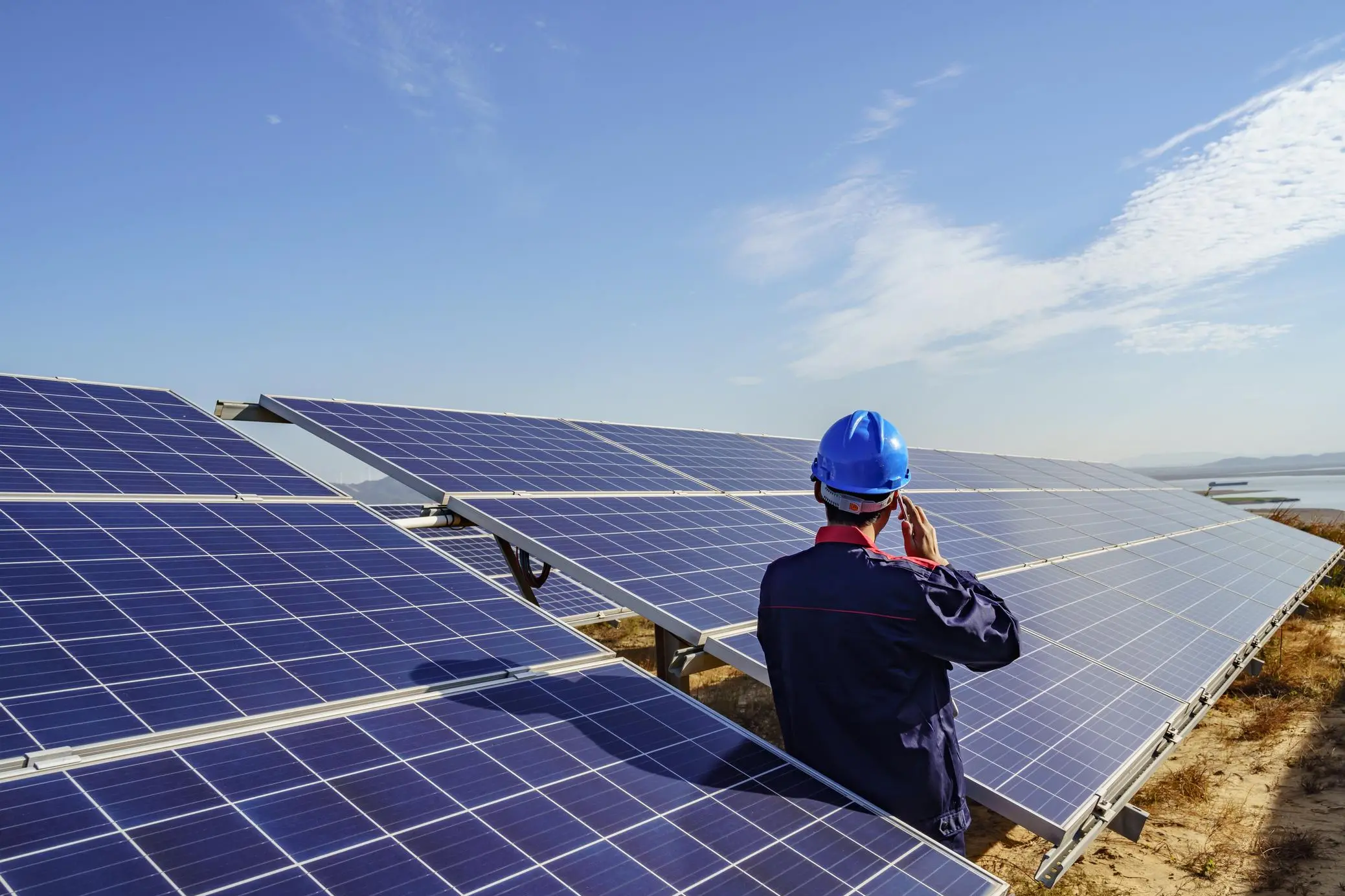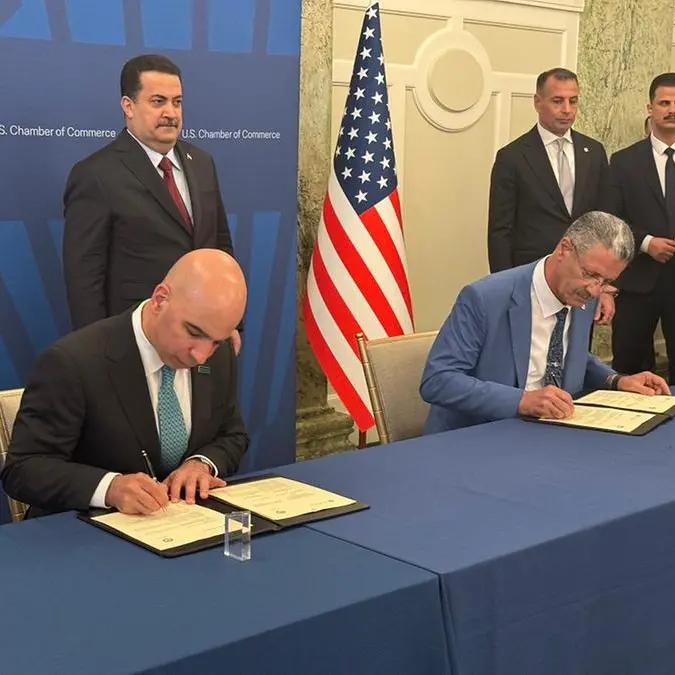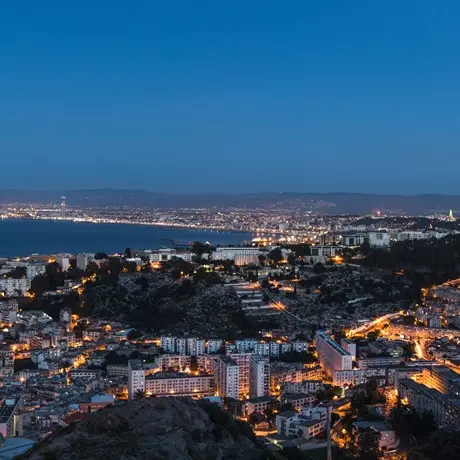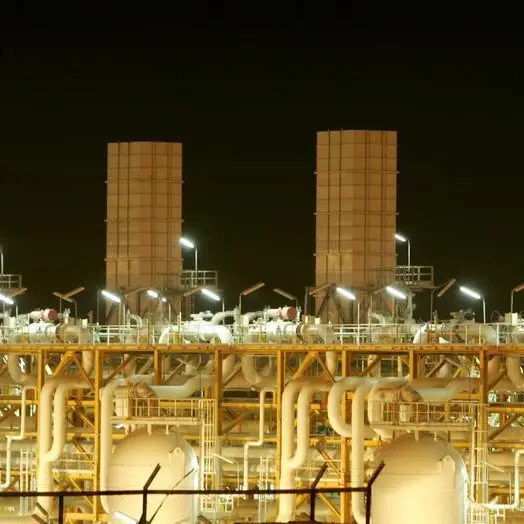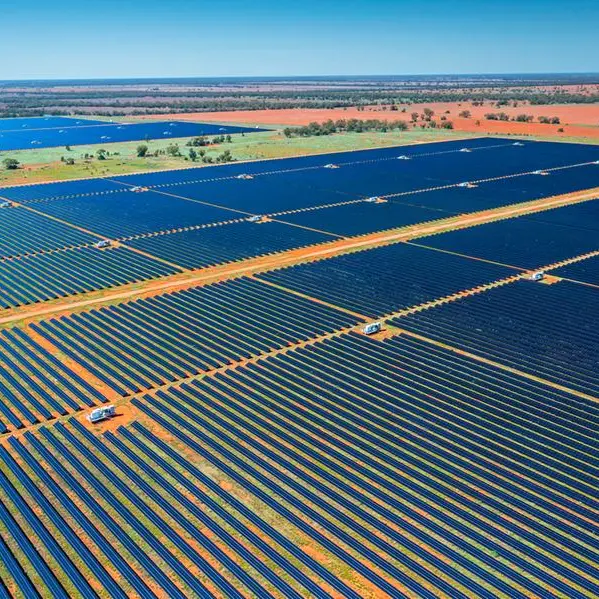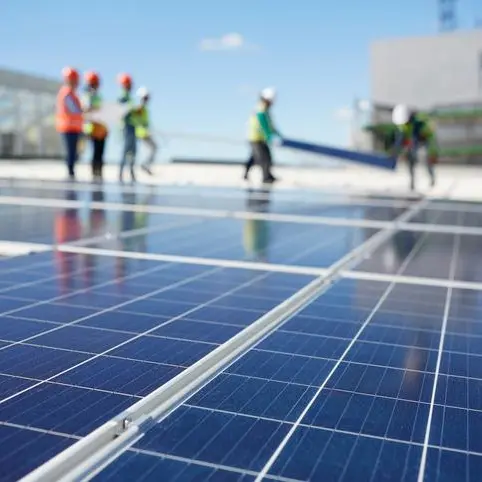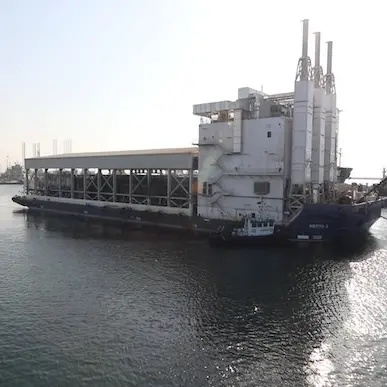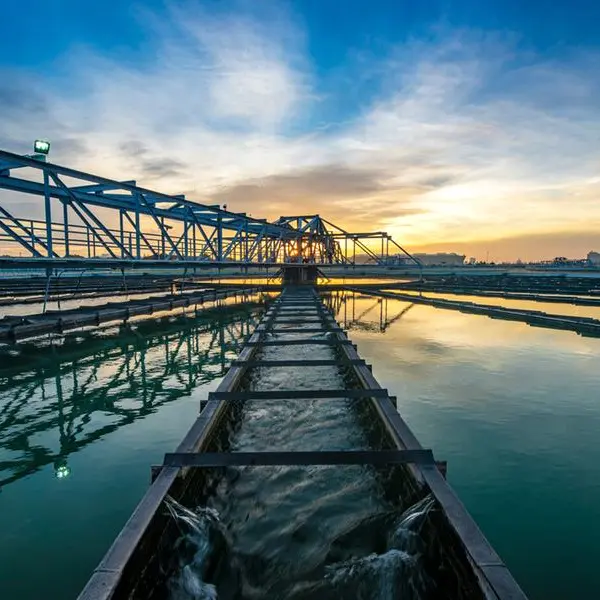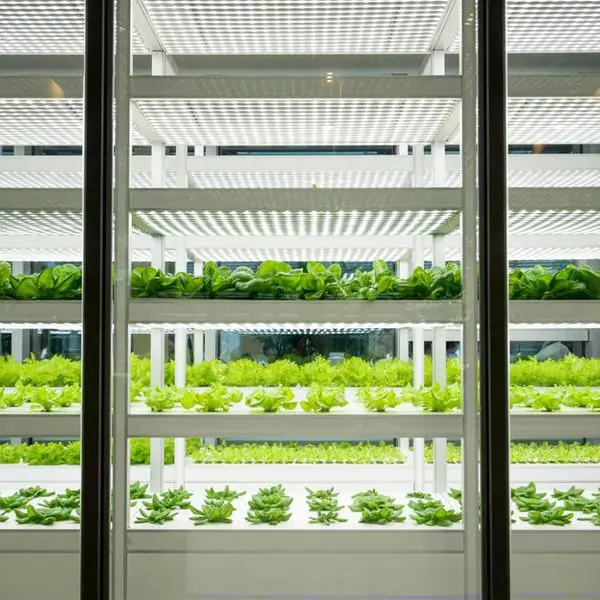PHOTO
Carbon-free electricity will shortly begin flowing from Oman’s first commercial-scale solar PV-based renewable energy project currently under commissioning in Ibri in Al Dhahirah Governorate.
It follows the successful energisation of a solar grid station at Ibri earlier this week, paving the way for the evacuation of green energy from the mega Independent Power Project (IPP) through the North Oman grid and into distribution networks.
Oman Electricity Transmission Company (OETC), which owns and operates the country’s main transmission backbone, said the 220 kV grid station connects the 500 MW solar PV scheme at Ibri with the national grid.
In a social media post on Thursday, OETC – part of Nama Group – said the solar grid station is unique in that it comes without a power transformer of the kind that is typically associated with grid stations in general.
Rather, output from the solar power plant (also known as Ibri-2 PV IPP) is fed to the grid station via underground power cables and then evacuated into the grid.
“This project comes as part of the government’s directives to use clean solar energy to increase the contribution of renewable energy in accordance with Oman’s Vision 2040,” OETC stated.
At its annual media briefing last month, Nama Group – the holding company of state-owned power, water and wastewater entities – confirmed that the 500 MW Ibri solar power scheme is due to come into operation in the second half of this year.
The Ibri project has been developed by Shams Ad-Dhahirah Generating Company (SDGC), representing a consortium of ACWA Power, Gulf Investment Corporation (GIC) and Alternative Energy Projects Co (AEPC).
The Ibri-2 solar IPP features an estimated 1.4 million solar panels extending over an area of around 13 million square metres.
The N-type high-efficiency bi-facial cells and modules installed across the sprawling site are deemed ideal for Oman’s environmental conditions.
At peak generation capacity, the plant will produce enough carbon-free electricity to power an estimated 33,000 homes, while also offsetting offset 340,000 tonnes of carbon dioxide emissions a year.
Oman aims to secure at least 10 per cent of the country’s electricity supplies from renewable resources by 2025.
While solar-based resources will contribute the lion’s share of this renewables-based output, the rest will come from wind farms planned in North Al Sharqiyah, Al Wusta and Dhofar Governorates of the Sultanate.
2021 © All right reserved for Oman Establishment for Press, Publication and Advertising (OEPPA) Provided by SyndiGate Media Inc. (Syndigate.info).
